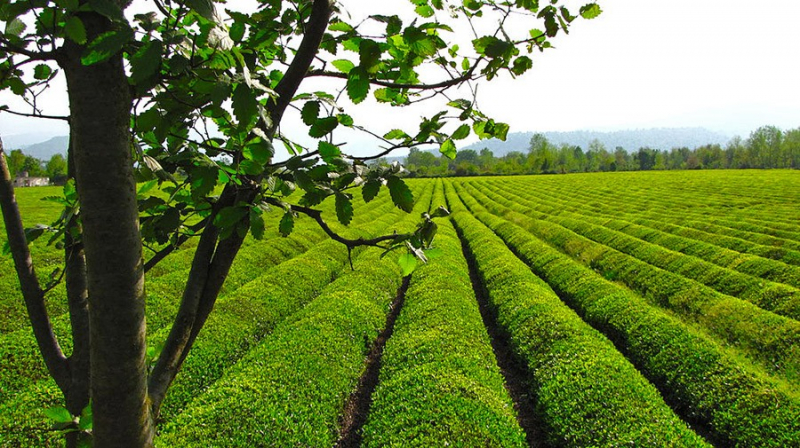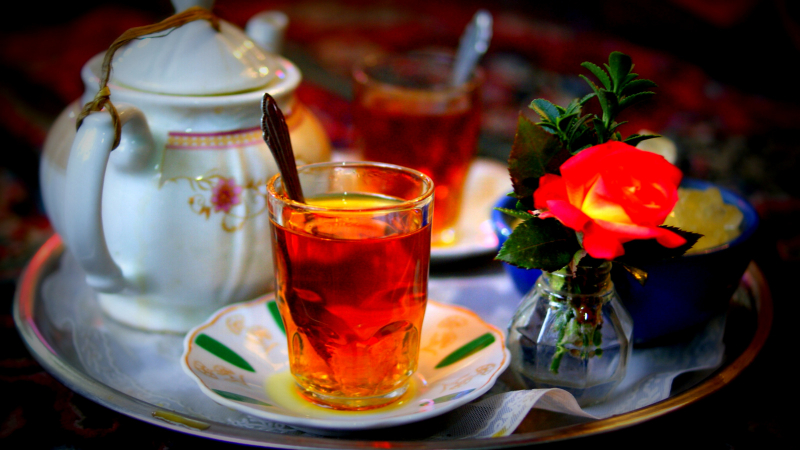Islamic Republic of Iran
Crossing the Indian Ocean, we arrive in the Middle East, in Iran, an unlikely producer of tea, and in the Gilan region of the Caspian Sea.
The history of tea culture in Iran dates back to the late 15th century. Previously, coffee was the most popular beverage in Iran. However, the majority of coffee-producing countries were located far away from Iran, making shipping extremely difficult. With a major tea-producing country, China, on a nearby trading path known as "the silk road," shipping tea was much easier. That was one of the main reasons why tea became so popular in Iran. As a result, the demand for tea increased, and more tea had to be imported to keep up with Iran's consumption.
In 1882, Iran tried unsuccessfully to grow tea domestically using seeds imported from India. Mohammed Milza, who was living in India at the time, transported 3000 saplings into his nation from Kangra in northern India in 1899. In the Giran region, south of the Caspian Sea, he began the cultivation. Since the region's climate was ideal for growing tea, the Giran and Mazandran region's tea industry grew rapidly. The first tea factory in the modern style was constructed in 1934.
There are currently 107 tea factories and 32000 hectares of tea farms. Like the farms in Darjeeling, the majority of Iranian farms are found in hillside locations. These farms create traditional black tea. Iranian tea is delicious even without milk or sugar because of its red color and mild flavor. About 56000 tons of black tea were produced overall in 1992. 35000 tons were imported, a significant decrease from 1991. 95000 tons of tea were consumed in total. Iran intends to increase the number of farms in the nation as global tea consumption keeps rising.












